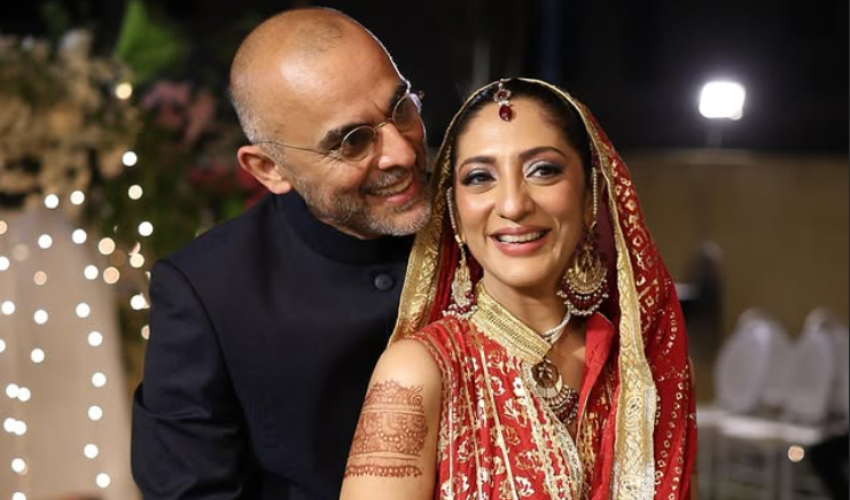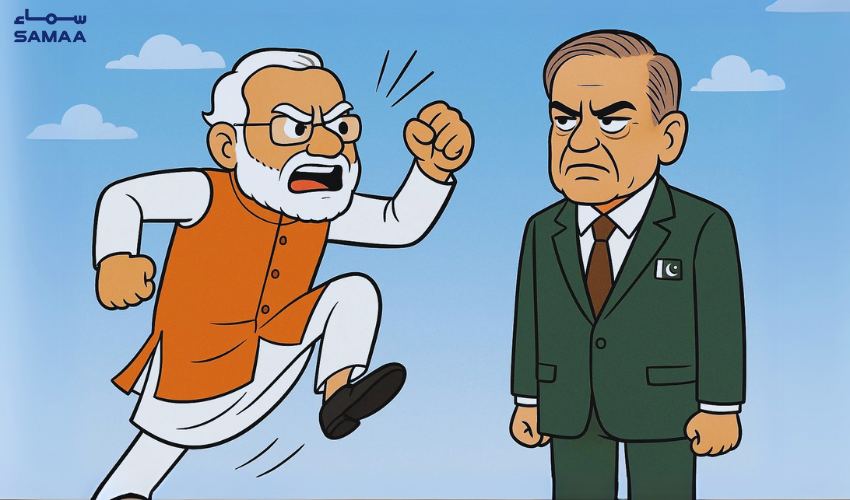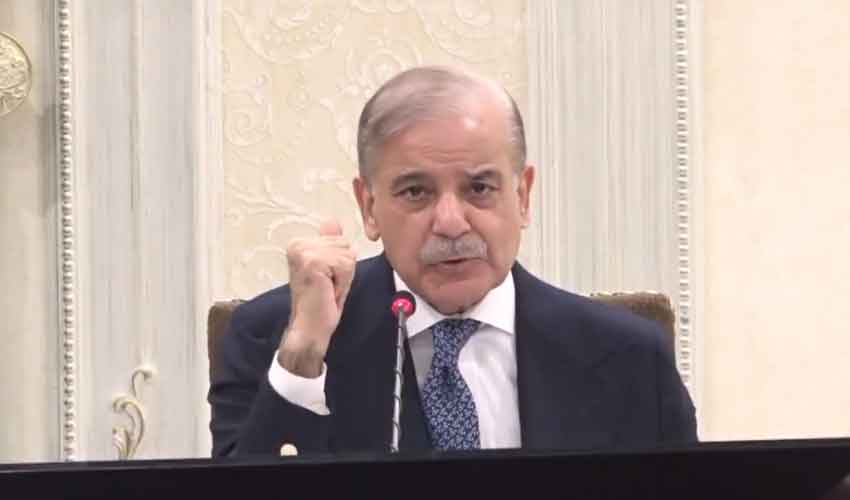The recent judgment by the Lahore High Court in the case of ‘Azka Wahid vs Province of Punjab’ marks a significant milestone in the ongoing battle against child marriages in Pakistan. The court declared the arbitrary distinction in the legally prescribed minimum age of marriage in the Punjab Child Marriage Restraint Act, 1929 — 18 years for men and 16 years for women — as unconstitutional. This landmark decision challenges decades of legislative inertia and social resistance.
For years, attempts to correct this legal differentiation faced stiff opposition. Critics argued that such efforts interfered with religiously prescribed standards, which determine readiness for marriage based on puberty — a variable factor between males and females. However, the definition of a child in the 1929 Act is not based on puberty but on age limits set by the legislature to combat the menace of child marriages.
The 1929 Act's age prescription for marriage has faced multiple challenges before the Federal Shariat Court (FSC), often being labeled as un-Islamic. Nonetheless, the FSC has consistently upheld the state's mandate to prescribe a minimum age for marriage. The court has recognized this as necessary to ensure that individuals entering marriage have attained a sufficient level of education, physical and intellectual development, mental maturity, and economic stability for a healthy and meaningful union.
Despite the FSC's rulings, which did not find the gendered differential in the prescribed minimum age of marriage to be religiously mandated, this disparity persisted in the law, except in Sindh province. The Lahore High Court's recent judgment is, therefore, of profound significance. It holds that the differing ages for males and females in the 1929 Act lack an intelligible basis and violate the constitutional guarantee of equal treatment of the sexes under Article 25 of the Constitution. The court has directed the Punjab government to revise the law to prescribe a uniform minimum age of marriage for both men and women.
Scope and impact of child marriages
Setting a uniform minimum age for marriage aligns with the Majority Act, 1875, international definitions of the age of majority, and the legal entitlements of citizens to exercise certain civil and political rights. These include the rights to obtain an identity card, vote, and enter into contracts.
Despite these legal frameworks, child marriages remain rampant in Pakistan. According to UNICEF, 18.9 million girls in Pakistan are married before they turn 18, and 4.6 million are wed before the age of 16. This raises the critical question: will increasing the permissible age for marriage to 18 for girls effectively deter child marriages?
The law currently criminalizes the act of marrying a minor, solemnizing such marriages, and permitting them as a parent or guardian. However, the penalties imposed for these acts have proven to be ineffective deterrents. The crux of the problem lies in the judiciary's adherence to the “puberty standard,” which nullifies the significance of the minimum age prescriptions in the 1929 Act. Courts have often ruled that a marriage involving a girl who has reached puberty, entered into with her free will, is valid, even if she is under 16. This legal conundrum results in the criminal act of marrying a minor being recognized as valid under the law.
Shifting jurisprudence
In 2022, the Islamabad High Court took a bold step by rejecting the puberty standard and questioning the contradictions within the law. The court noted that the "contract of marriage by its very definition is a contract whereby the parties agree to engage in sexual relations recognized by the State and society as legitimate.” The court argued that recognizing a child marriage as a valid contract is nonsensical when engaging in sexual conduct or intercourse with a minor, even with consent, constitutes sexual abuse and statutory rape under Sections 377A and 375 of the Pakistan Penal Code. Marriage does not exempt such conduct from being criminal.
The court further reasoned that since the primary purpose of a marriage contract with a child involves actions that are unlawful, such contracts are void under Section 23 of the Contract Act, 1872. This interpretation aligns with the principle that contracts made for illegal purposes are inherently invalid.
Path forward
The Lahore High Court’s decision, coupled with the Islamabad High Court’s stance, represents a critical juncture in Pakistan’s legal approach to child marriages. For these rulings to have a meaningful impact, a comprehensive strategy involving tougher penalties, effective enforcement, and widespread public education is essential.
1. Tougher penal prescriptions: Strengthening the penalties for those who engage in, solemnize, or permit child marriages is crucial. The 1929 Act needs amendments to introduce harsher consequences for violators, thereby providing a stronger deterrent.
2. Effective enforcement: Law enforcement agencies must be trained and equipped to handle cases of child marriage effectively. This includes ensuring that police officers and judicial officers understand the implications of the laws and the importance of enforcing them strictly.
3. Public education campaigns: Raising awareness about the legal age of marriage and the detrimental effects of child marriages on health, education, and economic stability is vital. Community leaders, educators, and religious figures should be involved in disseminating this information to ensure widespread reach and acceptance.
4. Support systems for victims: Establishing support systems for girls who are victims of child marriages, including access to education, healthcare, and legal aid, can help mitigate the adverse effects and provide them with opportunities to rebuild their lives.
5. Community engagement: Engaging communities in dialogue about the importance of adhering to the legal age of marriage and the benefits of allowing children to mature fully before entering into marriage can foster cultural shifts. Encouraging local leaders to advocate for these changes can have a profound impact.
The fight against child marriages in Pakistan requires a unified approach that combines legal reforms, effective enforcement, and robust public education. The recent judicial decisions offer a hopeful pathway towards eliminating the practice, but their success hinges on comprehensive implementation and societal acceptance.
By setting a uniform minimum age of marriage and rejecting outdated standards based on puberty, Pakistan can take significant strides towards protecting its children and ensuring they have the opportunity to grow into healthy, educated, and economically stable adults. The journey is long and challenging, but with continued commitment and collaborative efforts, a future free from the scourge of child marriages is attainable.



























